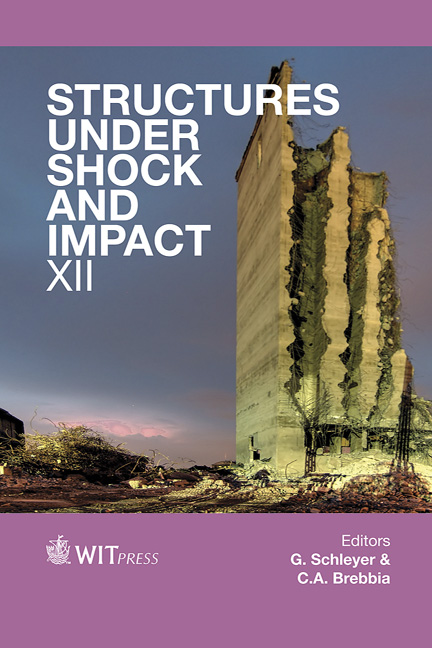Experimental And Computational Methods For Steel Columns Subjected To Blast Loading
Price
Free (open access)
Transaction
Volume
126
Pages
12
Page Range
157 - 168
Published
2012
Size
2,513 kb
Paper DOI
10.2495/SU120141
Copyright
WIT Press
Author(s)
L. K. Stewart
Abstract
The extreme environment generated by blasts that result from terrorist incidents can cause devastating consequences for structures and their occupants. Attacks in the form of vehicle bombs have motivated the necessity for designing and analysing structures to withstand these types of events. Typically, the development of such methodologies is driven by conclusions that have been obtained via field tests. Unfortunately, due to the harsh environment created by explosives, characterizing behaviours of structural components and collecting reliable data during a field blast event is problematic. In an effort to provide answers to key questions related to how structures behave during a blast event and assuage the difficulty of producing high quality data, the University of California, San Diego (UCSD) Blast Simulator was developed. Using this technology, a series of experiments was conducted on fullscale structural steel columns to investigate the performance of the columns subjected to such vehicle borne threats. Because there is no fireball, high quality visual and quantitative data was produced which was used to validate the Simulator versus field testing and produce a high fidelity finite element model for column loading in both the weak and strong axis directions for future prediction needs. Keywords: blast, steel, columns, simulator, finite element.
Keywords
blast, steel, columns, simulator, finite element





